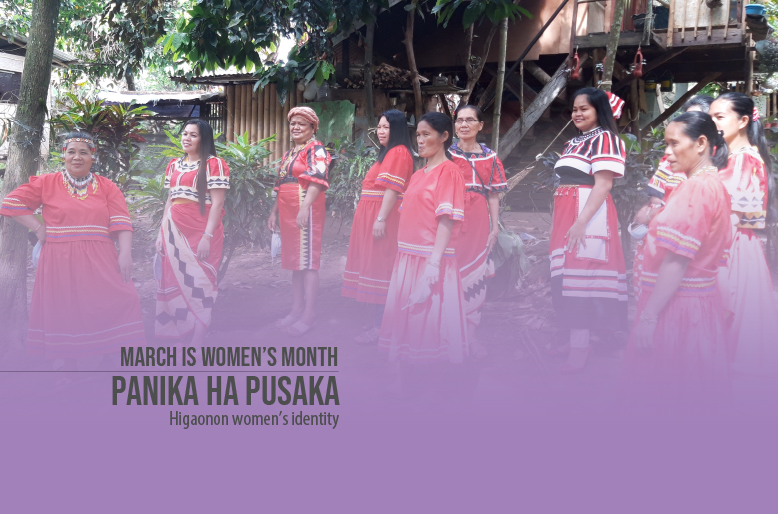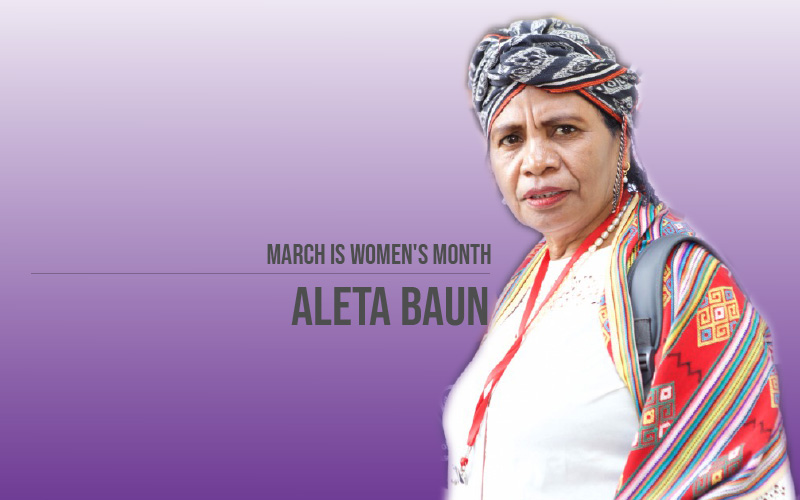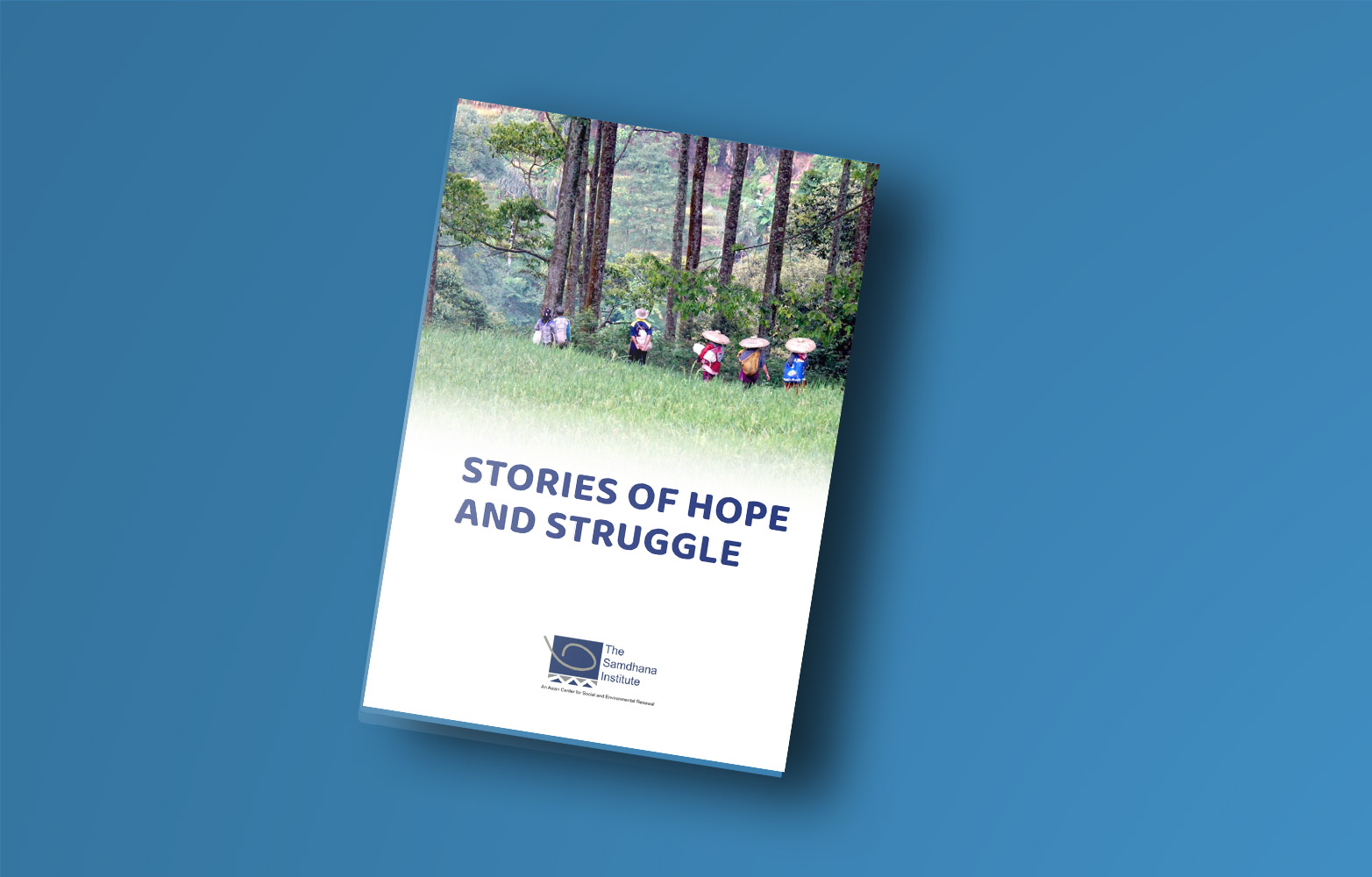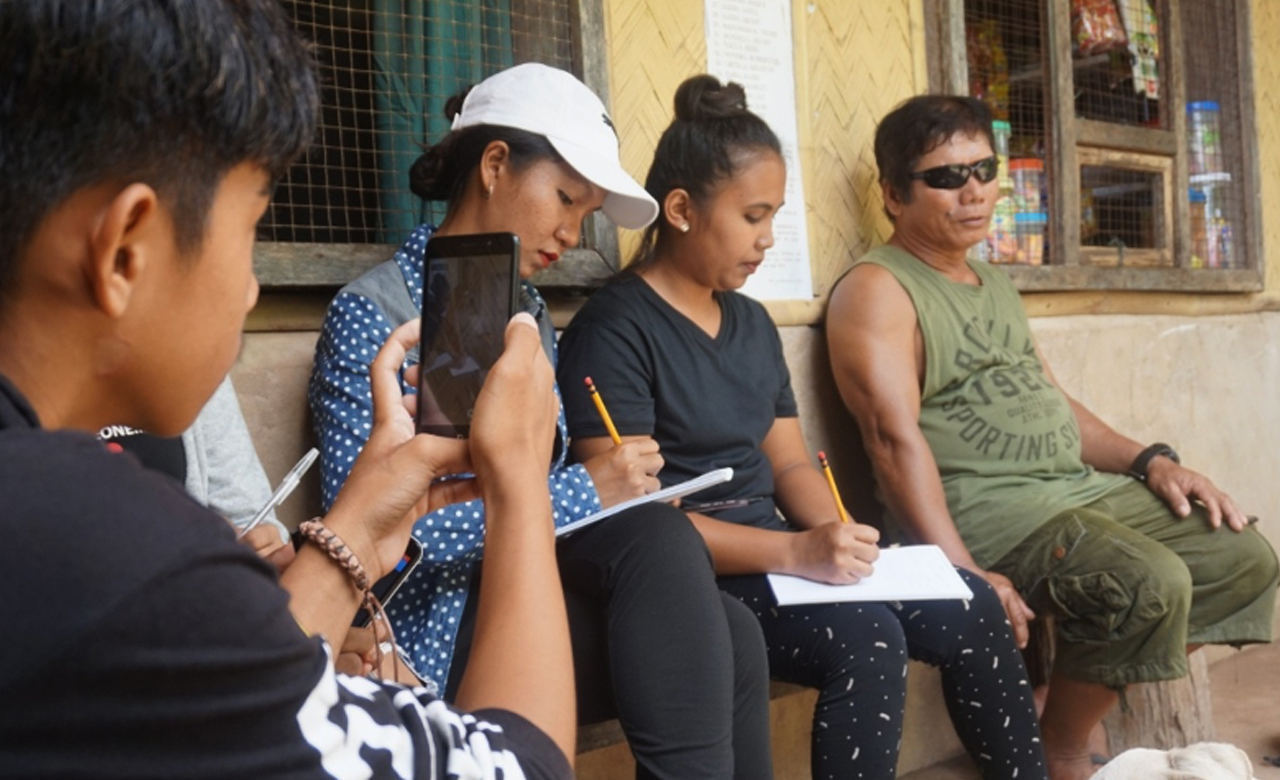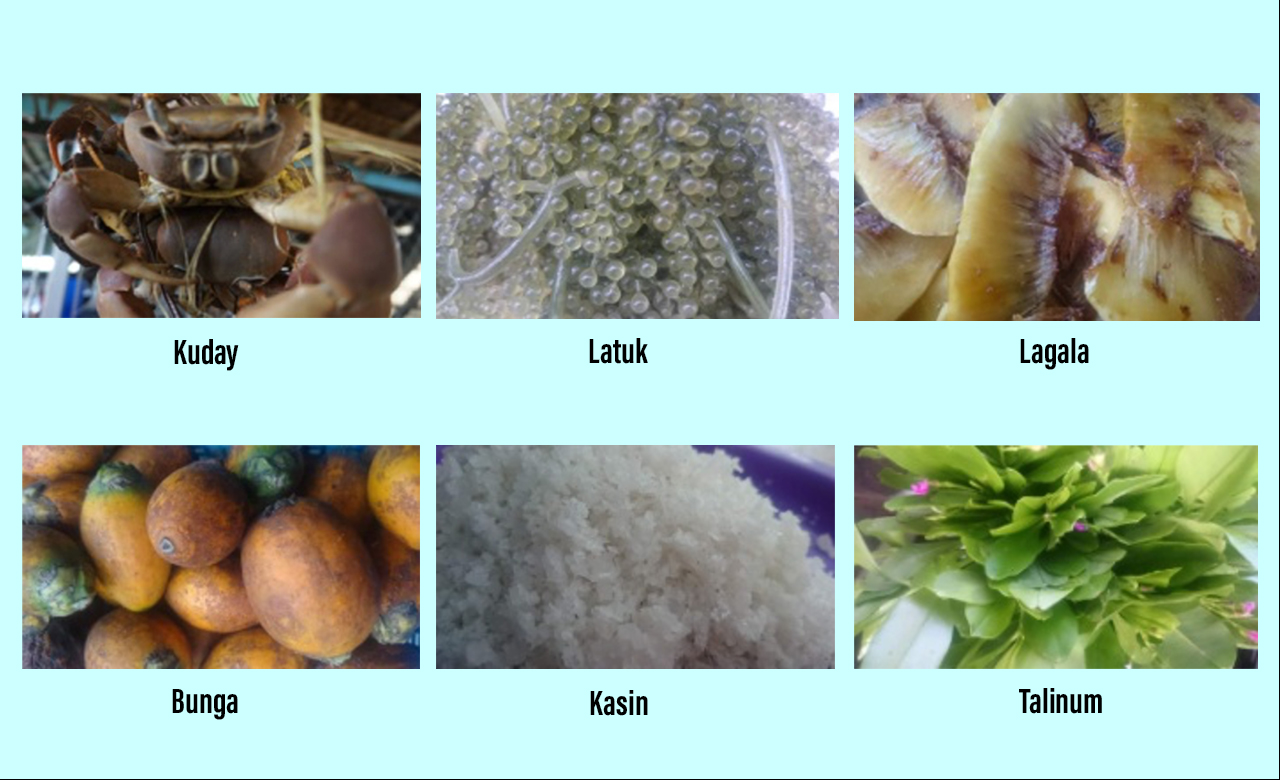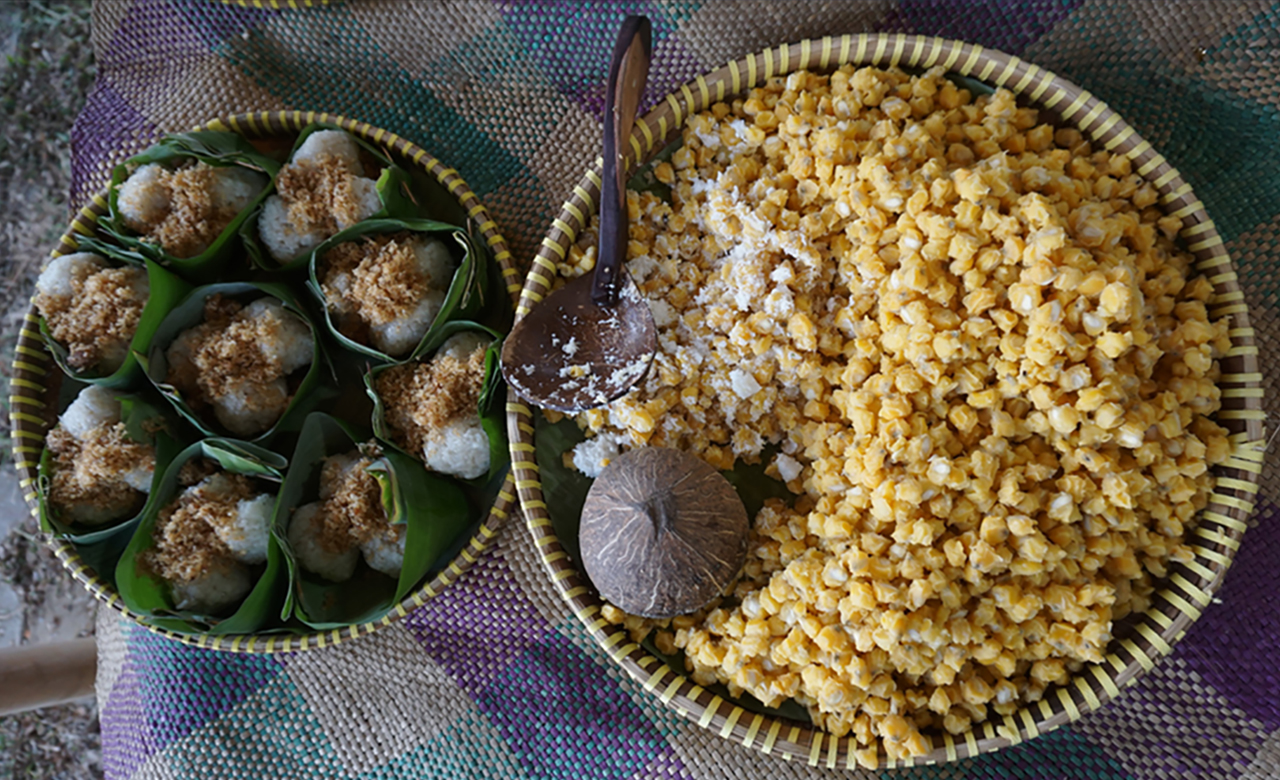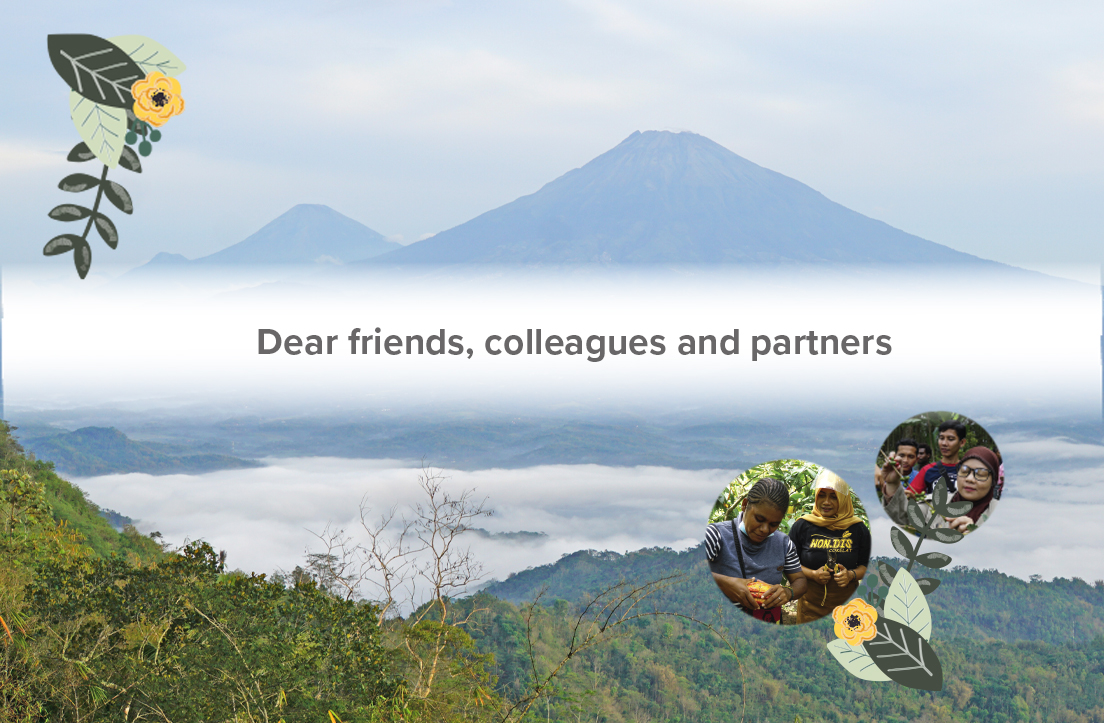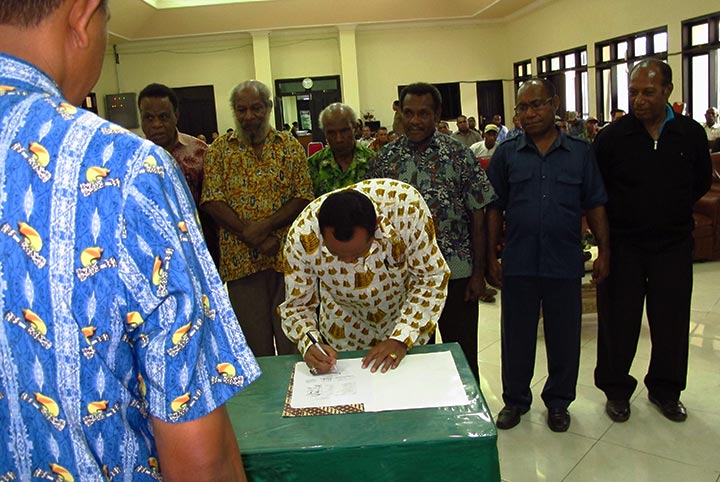Mbok Denik: "Being Different is Not Wrong"
"Denik, stands for Made Cenik or the youngest Made,[1] in short Denik" said Mbok Denik explaining the origin of her nickname. Ni Made Puriati was born in Mengwi, Bali, and came from a family of farmers and construction workers.

